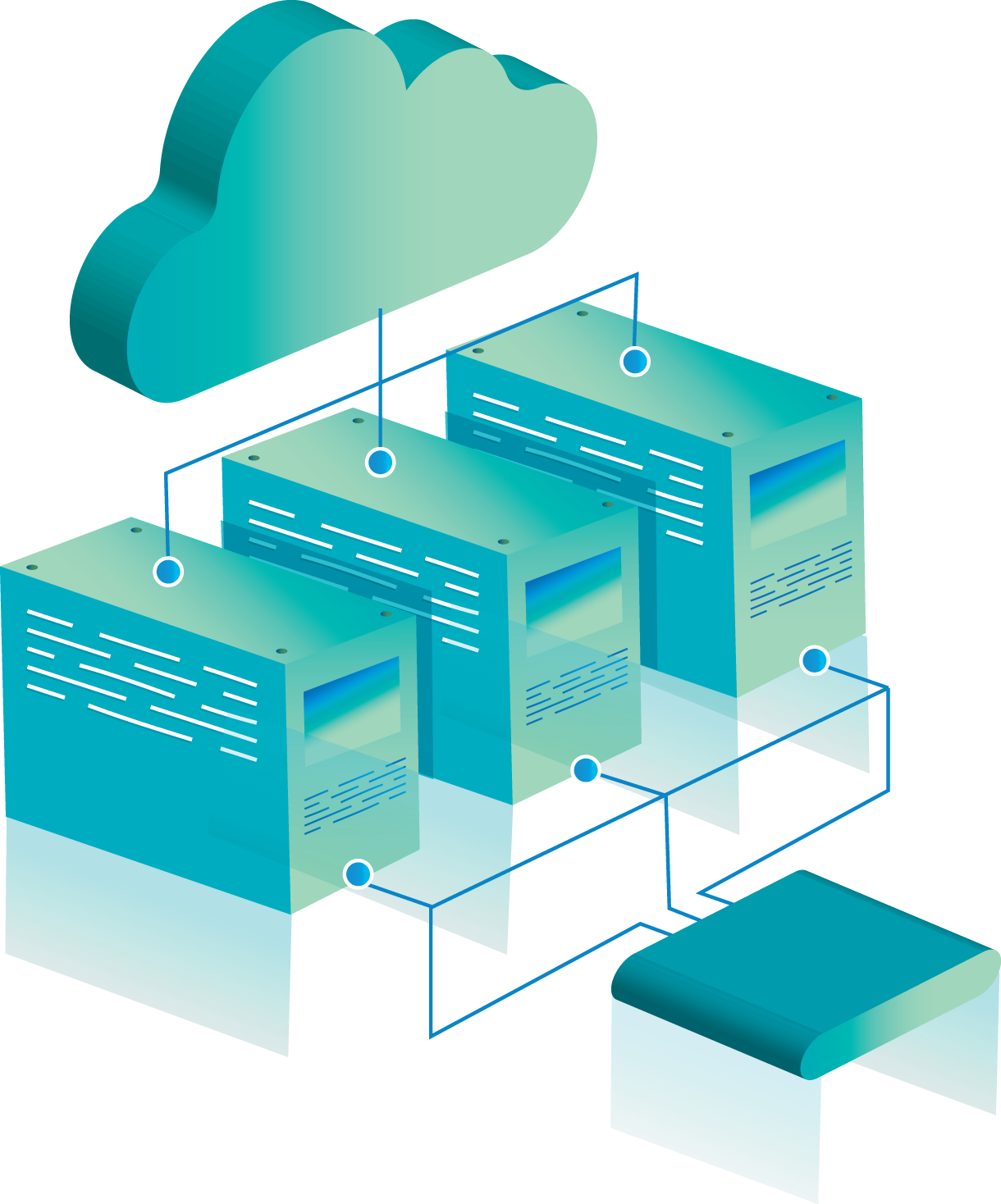Application Integration?
Technology impacts businesses in many ways. Critical in-office processes like resource planning and business intelligence are now managed through special programs. With automation on the rise, and the demand for applications to manage business processes higher than ever before, we still see a lack of cooperation mechanisms between departments. The data generated by customer relationship management (CRM), supply chain management (SCM), enterprise resource planning (ERP), financial analysis/reporting, and other systems is kept on remote servers and has to be retrieved on demand (which is inconvenient). Application Integration refers to the methods that enable data to flow from one program to another. Essentially, multiple IT solutions function as one elaborate system.

STATISTICS.
According to Gartner, 75% of all enterprises use at least 6 applications for workflow management. In order to track multiple transactions, maintain centralized data, and understand how business processes affect employees’ performance, companies enlist Proxona. We specialize in enterprise application integration (EAI) and related services.
95%
48%
38%
While 95% of companies surveyed have ecosystem goals, 38% of those lack the confidence in their capacity to scale to support initiatives foundational to successful ecosystem integration. And nearly half of the survey respondents (48%) say modernizing existing IT systems and applications is one of their biggest challenges.
This is why businesses are now starting to put ecosystems first, and it’s why investing in integration technology that supports ecosystem integration is essential to the modernisation initiatives that drive digital transformation.
TOP 3 BENEFITS.
From cutting-edge applications to clunky old legacy systems, your business likely depends on a mixed bag of individual applications that need to communicate effortlessly – and often don’t. Application Integration is the process of connecting these enterprise applications in order to cut overhead costs while bolstering scalability and organization-wide productivity and efficiency. Let’s look at the top 3 benefits of implementing a custom solution to integrate your applications:
WHO NEEDS THIS?
Everyone that doesn’t already have it. No modern enterprise operates in a vacuum. Business processes are constantly evolving, and so are the software applications companies rely on for critical tasks. The integration of these software applications ensures access to shared data, improves data integrity, reduces human operational requirements, and significantly increases productivity and profitability at any organization.
Many hands make light work, as the saying goes – but too many chefs spoil the broth. Application Integration is the key to unlocking all of your applications’ potential and ensuring they, and the people who depend upon them, communicate effectively in support of your company’s goals. Making Application Integration a central part of your IT infrastructure is an important step to building a data-driven integration architecture design to help your company compete, grow, and innovate.
COMMON INTEGRATIONS.
Software used by nearly any business can be integrated to reduce manual labor through automation, reduce operating costs, improve internal efficiency, and increase profit margins. Common examples of these integrations are:
HOW WE WORK.
To modernise integrations between ecosystem partners and internal systems, organisations must consolidate disparate systems and applications within a flexible and highly available IT architecture, automate data transaction processes like partner and application onboarding, and support reliable, end-to-end data flows that comprise healthy business relationships. This is exactly what we do for you and we deliver what we promise.
EXAMPLE.
Company A, let’s call them 7 Barrel, is a local craft brewery. 7 Barrel buys hops and malt from multiple vendors, brews their beer in giant steel pressure/temperature-controlled vats, and distributes their finished products nationwide through two specialized logistics companies. First, 7 Barrel connects their inventory management software, which tracks their hops, malt, yeast, etc. (materials), to their supply chain management (SCM) software. They set inventory level thresholds for each material triggering purchase orders sent to each vendor when the thresholds are met. Automating this process ensures their inventory levels are always predictable, based on supplier inventory, and furthermore they can connect their inventory software to their billing software for automated payments to vendors when inventory levels are increased by standard order amounts. Next, 7 Barrel monitors, tracks, and sets the pressure and temperature of their steel vats based on ambient room temperatures, style of brew, and other changing conditions. Pre-set rules are written that allow for environmental varience, but maintain quality control. Lastly, 7 Barrel integrates their entire distribution process. Pallets loaded with product are weighed – their scale pre-filling a bill of lading with accurate weights and dimensions. This action triggers a freight pickup date/time, notifying the carrier and sending tracking information directly to their customer. Once the tracking date/time information is sent, this creates the invoice to bill their customer once the product is delivered.
Let us show you how we can integrate your applications to automate your critical business processes.





Get Social With Us